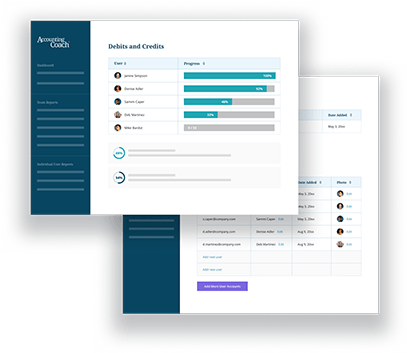Difference Between FIFO and LIFO
The difference between FIFO and LIFO will exist only if the unit costs of a company’s products are increasing or decreasing.
U.S. companies may elect either the FIFO or the FIFO cost flow assumptions. However, after making a change, a company cannot switch back. For U.S. income tax reporting, a company must use the same cost flow assumption as it uses on its financial statements.
Example of Difference Between FIFO and LIFO
Let’s assume that a retail store carried only one product during its first year of business. It purchased 30 units in January at a cost of $40 each, 30 units in June at $43 each, and 30 units in November at $46 each. Thus, for the year the retailer purchased 90 units with a total actual cost of $3,870 [30@$40 + 30@$43 + 30@$46]. Let’s also assume that 70 units were sold and that 20 units remain in inventory at the end of the year.
Using FIFO the company assumes that first costs (the oldest costs) for 70 units will be removed from inventory and will become the cost of goods sold. Therefore, the FIFO cost of the 70 units sold had a cost of $2,950 [30@$40 + 30@$43 + 10@$46]. FIFO also means the 20 units remaining in inventory had the most recent cost of $46 each for a total of $920.
Using LIFO and the periodic inventory system, the company assumes that the last costs (the most recent actual costs) for 70 units will be removed from inventory first and will become the cost of goods sold regardless of which units were physically shipped to customers. Therefore, the LIFO cost of the 70 units sold is $3,070 [30@$46 + 30@$43 + 10@$40]. LIFO also means that the 20 units remaining in inventory had the oldest cost of $40 each for a total of $800.
In our example, LIFO results in $120 less of ending inventory ($800 vs. $920), $120 more of cost of goods sold, and therefore $120 less of gross profit. The lower gross profit and the associated lower taxable income for a U.S. company can result in less taxable income, which may result in less income tax payments for a profitable corporation.




